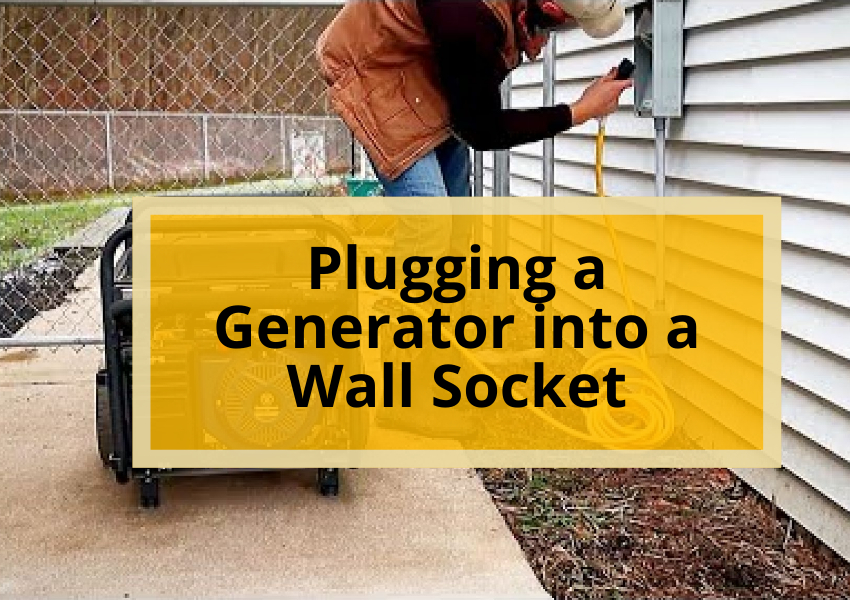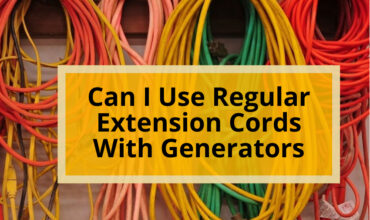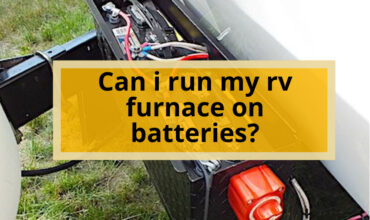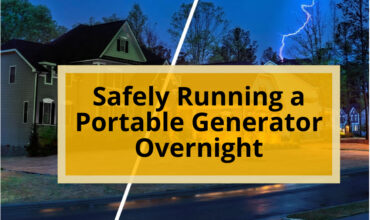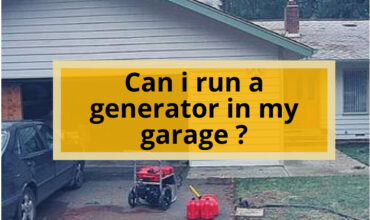Portable generators can provide a convenient backup power source during a power outage. Many models allow you to plug the generator directly into a regular 120-volt wall outlet to power appliances.
However, this practice, sometimes called “backfeeding,” is extremely dangerous and illegal unless done properly with the correct equipment. This 2000-word guide will provide a comprehensive overview of plugging a generator into a wall socket, including the dangers, required equipment, proper setup steps, and safety precautions.
The Dangers of Improperly Backfeeding a Generator
Plugging a portable generator into a wall outlet that is connected to the utility power grid can cause dangerous back feed on the lines. This backfire sends electricity from the generator back onto the grid lines.
As a result, utility workers can get electrocuted trying to restore power during an outage. In addition, when the power comes back on, the reverse electricity flow from the grid can damage the generator and any appliances still connected to it.
Backfeeding also poses a fire risk if the building has a wiring issue. The added electric current can overload the wires behind walls and cause overheating. Furthermore, if the generator is not properly grounded, it increases the chances of shock for anyone coming in contact with appliances plugged into it.
Plugging a generator into an ordinary wall outlet without the correct equipment creates an unsafe condition that could result in electrocution, fire, or equipment damage. It violates section 702 of the National Electrical Code (NEC), which requires proper transfer switches to isolate the generator from the grid.
Required Equipment for Safe Backfeeding
To safely connect a generator to house wall sockets, special equipment is required to prevent hazardous back feed onto the grid. There are two main options:
1. Transfer Switch
A transfer switch senses when utility power is lost and automatically switches circuits to the standby generator power. When utility power is restored, it disconnects the generator. This keeps the generator isolated from the grid to prevent backfeeding. There are manual, automatic, and remote transfer switches available.
For safe backfeeding, install a UL-approved transfer switch according to manufacturer specifications and NEC guidelines. The transfer switch capacity should match the rated wattage of the generator.
2. Suicide Plug
A suicide plug is a special adapter with a male plug on one end that connects to the generator. The other end has a female receptacle designed to connect to a normal household wall outlet. A suicide plug contains no neutral prong. This opens the circuit on the hot wire side to ensure electricity only flows in one direction – from the generator to the appliances.
Suicide plugs provide a cost-effective way to safely backfeed household circuits during a power outage. However, they are less convenient than a transfer switch since appliances must be plugged directly into the adapter.
Also read: Installing Your Own Generator – A DIY Guide
Proper Generator Backfeeding Setup Steps
Follow these steps to properly set up back feeding with your portable generator:
1. Calculate your total running wattage needs. Determine which appliances/equipment you want to power during an outage. Check nameplates for wattage ratings and add them together for the total. Select a generator with enough capacity for the running wattage.
2. Install a transfer switch or suicide plug according to the manufacturer’s instructions. The location should be accessible to both the generator and the household electrical panel.
3. Turn off the main breakers for the household circuits you want to power with the generator. This isolates those circuits from the grid.
4. Start up the generator outdoors in a well-ventilated area away from doors, windows, or vents. Make sure it has warmed up before connecting.
5. Plug the transfer switch or suicide plug into the generator’s outlet.
6. If using a transfer switch, switch circuits from line to generator power. If using a suicide plug, plug appliances directly into it.
7. To power additional circuits, calculate load wattage to stay within generator capacity. Be sure to prioritize critical equipment like refrigerators and freezers.
8. Turn on connected appliances systematically. Allow the generator to stabilize for a few minutes before adding more load.
9. Refuel the generator according to the owner’s manual before it runs out of gas. Use proper fuel stabilizers and maintain oil levels.
10. Always turn off all connected appliances before shutting down the generator. Disconnect the transfer switch/suicide plug before utility power is restored.
Also read: The Safety of Standby Generators
Safety Precautions When Backfeeding a Generator
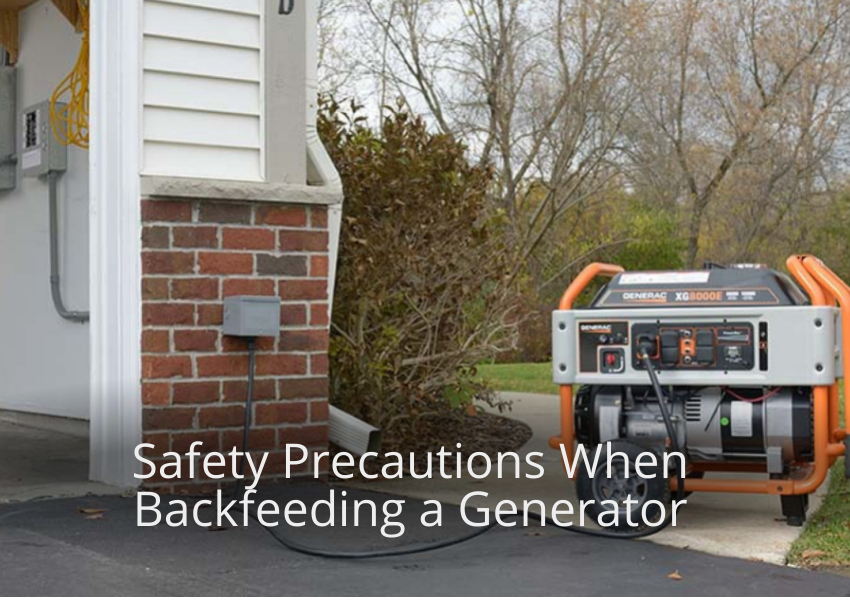
Take these important safety precautions when plugging a generator into household wall sockets:
– Only back-feed individual appliance circuits – never main electrical panels.
– Never exceed the rated wattage capacity of your generator. Overloading can cause voltage drops or damage.
– Keep the generator dry and never operate indoors or in wet conditions to prevent electrocution.
– Turn off all connected appliances before starting/stopping the generator to prevent power spikes.
– Always ground the generator properly with a driven ground rod. Use GFCI outlets on the generator.
– Avoid plugging in life-support devices. A temporary loss of power during the generator’s starting/stopping could be dangerous.
– Inspect extension cords for damage before use and avoid daisy chaining. Use heavy-duty, outdoor-rated cords.
– Check that surge protectors are rated to handle the extra power flow from a generator.
– Disable automatic transfer switches when using a suicide plug to prevent unintended transfers.
– Follow local codes and utility requirements regarding generator use, permitting, and inspections.
– Post clear labels on the transfer switch/suicide plug warning it is connected to a live generator source.
FAQ’s
What size transfer switch or suicide plug should I get?
Choose a transfer switch or suicide plug amperage rating that matches the wattage capacity of your generator. For example, a 7000W generator requires a 30A switch.
Is back feeding with my generator going to damage my household appliances?
If done properly within the generator’s capacity, backfeeding will not harm appliances. However, overloading the generator may cause voltage drops that could damage equipment.
How do I safely operate my generator when back-feeding household circuits?
Follow all generator safety procedures like grounding, GFCI outlets, proper cord condition, ventilation, etc. Turn off appliances before starting/stopping the generator.
Do I need a permit or inspection to back feed my house with a generator?
Check with your local municipal code office. Some jurisdictions require permits and inspections for permanent generator installs involving wiring.
Conclusion
Plugging a portable generator into household wall outlets can be safely installed by a UL-approved transfer switch or suicide plug. This isolates the generator from the grid to prevent hazardous back-feeding of electricity. Follow proper setup, back feeding, and safety procedures outlined in this 2000-word article to avoid electrocution, fire, or equipment damage risks. Take the time to calculate your household electrical loads and acquire the appropriate generator sizing. With the correct equipment and careful operation, you can safely power essential appliances using your portable generator connected to existing wall outlets during utility power outages.
